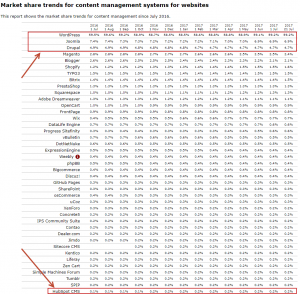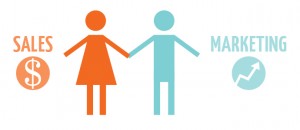An Innovative Marketing Team
 I was thinking today about how amazing Tesla’s marketing team is. Their budget is dwarfed compared to their competition. In fact, I have read reports that Tesla spends just $6 per car sold! Toyota, their next most efficient competitor spends 40 times more for a car that costs 1/5 the price! A very small percentage of the population has owned (or even sat in) their car, yet a very high percentage would say that they would like to own one. Tesla launched in 2003, and has slowly built up a fan base of customers… who don’t drive Tesla’s (yet).
I was thinking today about how amazing Tesla’s marketing team is. Their budget is dwarfed compared to their competition. In fact, I have read reports that Tesla spends just $6 per car sold! Toyota, their next most efficient competitor spends 40 times more for a car that costs 1/5 the price! A very small percentage of the population has owned (or even sat in) their car, yet a very high percentage would say that they would like to own one. Tesla launched in 2003, and has slowly built up a fan base of customers… who don’t drive Tesla’s (yet).
How have they done this? After doing some research, I found these things:
- They had a vision before others. The oldest millennials were only 12 years old, and had not developed a consumer personality, when Tesla was founded in 2003. They realized that their immediate buyers would pay a premium to work out the technical kinks of developing an electric vehicle; while also buying time to build a long term brand focused on a new generation.
- They told a story. Elon Musk, cofounder, CEO and Chairman of Tesla Motors, has promoted his vision, much like Bill Gates (a computer in every home) or Henry Ford (a car for every family) did before him. This story was told over and over to people whom Tesla would not even target as potential buyers… for DECADES!
- Low cost communications. The days of large media spends are dwindling in a new, hyper targeted communication’s economy. No longer do effective marketers dominate market share through spray and pray communications such as TV and radio. Instead, innovative companies are looking for ways to win the hearts of customers through personalized messaging.
- They have harnessed the halo effect and emotion. Buyers of a Tesla see something sleek, innovative, and different. As Americans, we are drawn to elegant design and prestige. Tesla has tapped into those emotions. By playing to the heart of your consumer, they do not need to “sit” in a product to know that they will like it when they do.
Often times, in the world of marketing, we forget about relationships and emotions. We can focus too heavily on strict budget and ROI analysis. Our communications tend to be centered around “Fact Sheets”, price, and comparative analysis… and we ignore the negative consequences that such approaches have on building the brand.
Likewise, most marketers tend to focus heavily on top and middle of the funnel prospect acquisition; instead of leveraging their core competency as chief communicator to touch on the hearts of the people that are going to buy from you.
Would your owners/investors/executive suite support you in taking a long term branding approach to achieve exponential success? What creative means might you employ in your organization to build loyalty and a “cool” factor for your offering? How would you change your core messaging and approach if your goal was to be the most successful company in your industry over the next 14 years; instead of being focused on next quarter?
Lead Liaison’s marketing automation encourages marketers to focus on long-term results and long-term relationships. Let one of Lead Liaison’s experts show you around our software. You’ll be surprised what all we support, and how easy it can be to shift gears.









